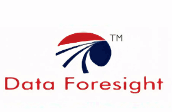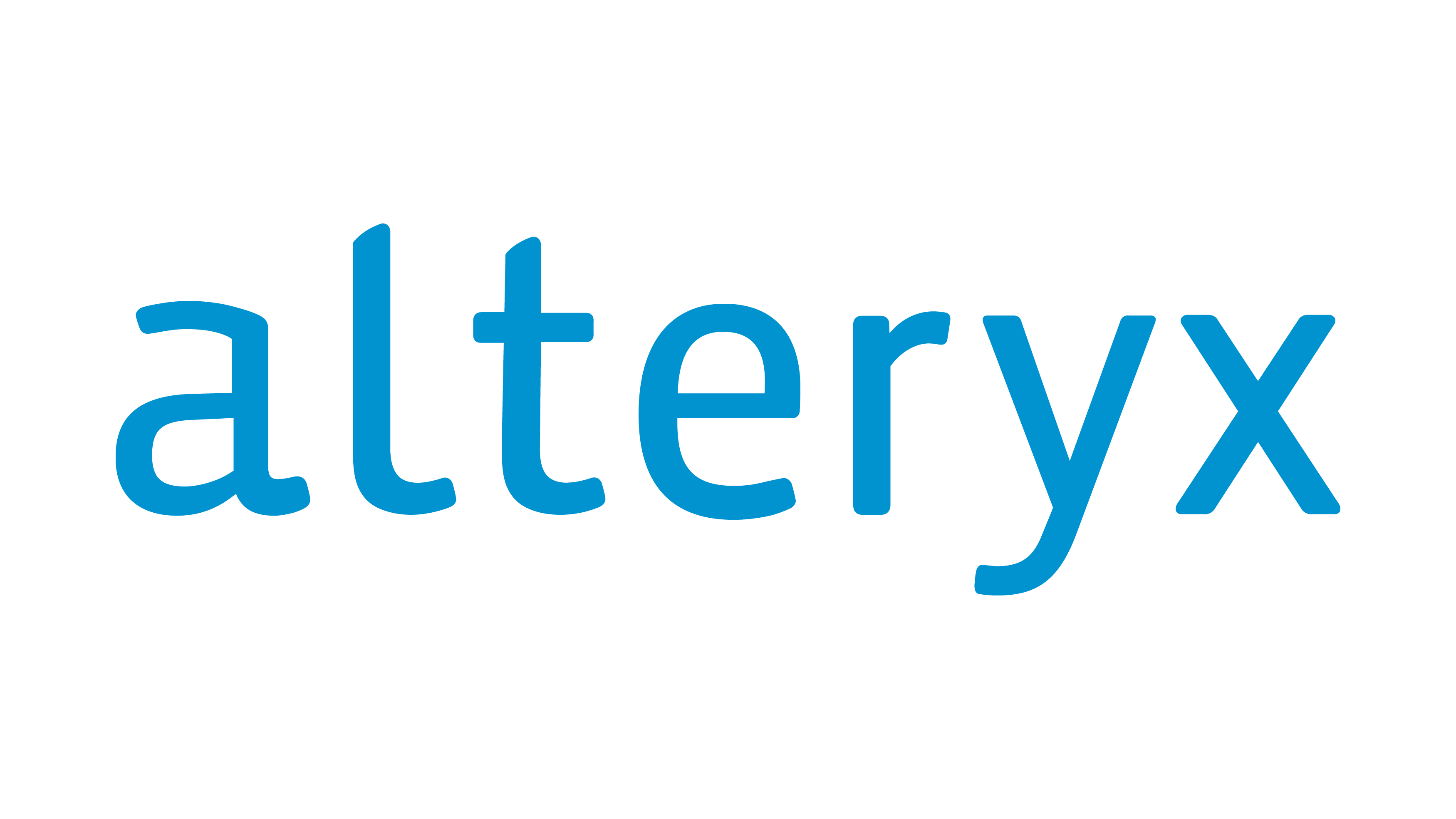What Are The Recent Trends In Data Discovery Tools?
As businesses continue to see the benefits of data-driven decision making, data discovery tools have been becoming increasingly popular in the business sector. These tools offer a potent way to extract insights, patterns, and trends from enormous volumes of data, empowering companies to take well-informed and calculated decisions. Organizations' approaches to data analysis are being shaped by the additional features and capabilities that data discovery technologies have brought about in recent years. Buyers should be aware of the following recent developments in data finding tools:
1. Combining Machine Learning (ML) And Artificial Intelligence (AI): As AI and ML become more popular, data discovery tools are integrating these technologies to improve insights and data analysis. These technologies can manage complicated and unstructured data sets thanks to this integration, which yields more accurate and trustworthy insights. Businesses are also able to make proactive decisions since AI and ML systems are able to learn from the data and generate predictions.
2. Preparing Augmented Data: Data preparation has historically been a laborious, manual procedure. But with augmented data preparation, data discovery tools automate the process with AI and ML, saving time and effort. Businesses who work with big and varied datasets will find this trend especially helpful since it makes it possible for them to swiftly clean, modify, and combine data from several sources.
3. Analysis Of Data In Real Time: Real-time data analysis is becoming more and more necessary as companies become more data-driven and nimble. By offering real-time data streaming and processing capabilities, data discovery tools are embracing this trend and enabling businesses to monitor and analyze data as it comes in, enabling them to make informed decisions in real time.
4. Improved Visualization Of Data: A crucial component of data discovery tools has always been data visualization, which is becoming even more potent with new developments. These days, these technologies include dynamic and interactive representations that let users examine data, spot trends, and learn more. Businesses may now show data in a more engaging and intuitive manner thanks to data discovery tools that use sophisticated chart styles, 3D visualization, and geo-mapping.
5. Solutions Based On The Cloud: The way businesses access and use data has been completely transformed by the introduction of cloud technologies. In line with this, data discovery tools are providing cloud-based solutions that minimize the requirement for on-premise infrastructure while giving flexibility and scalability. Businesses of all sizes may now more easily access data discovery without having to make large upfront investments thanks to these cloud-based solutions.
Benefits Of Using Data Discovery Tools
As businesses realize how important it is to use data for decision-making and trend identification, data discovery tools are growing in popularity. Businesses trying to get the most out of their data can profit greatly from these technologies. We'll go over the main advantages of utilizing data discovery tools in our buyer's guide so you can see their worth and choose the best option for your company.
1. Easily Find Insightful Information: The main advantage of data discovery tools is their capacity to sort through enormous volumes of data and find insightful information. These technologies find patterns and trends that could have gone overlooked otherwise by using sophisticated algorithms and data visualization approaches. This enables companies to stay ahead of the competition and make data-driven decisions.
2. Interactive Data Exploration: Data discovery technologies enable interactive data exploration, in contrast to conventional data analysis techniques. This implies that users can experiment and change various data factors to observe how they impact one another. Finding correlations and comprehending the links between various data points are made simpler by such a feature.
3. User-Friendly Interface: The majority of data discovery tools include intuitive user interfaces that necessitate minimal technical knowledge. This eliminates the need for coding or specific knowledge, allowing non-technical users to easily interact with data and produce visualizations. Consequently, companies can enable more team members to make decisions based on data.
4. Time-Saving: Analyzing data by hand takes a lot of time and might consume a large portion of an organization's resources. By automating the data analysis process, data discovery technologies drastically cut down on the amount of time needed for data preparation and analysis. Businesses can save time and concentrate on other important duties in this way.
5. Real-Time Data Analysis: Users can obtain current insights by analyzing data in real-time using data discovery tools. Businesses who need to make choices quickly using the most recent data may find this especially helpful. Businesses can also detect new patterns and react to them quickly with the use of real-time data analysis.
6. Data Accuracy: By analyzing data using sophisticated algorithms, data discovery technologies reduce the possibility of human error and guarantee data accuracy. This implies that companies can base their judgments on trustworthy data, which will produce better results.
7. Cost-Effective: Businesses may find that putting data discovery technologies into practice is an affordable option. They enable companies of all sizes to access sophisticated data analysis skills by doing away with the requirement for costly data scientists and analysts.
Important Factors To Consider While Purchasing Data Discovery Tools?
There are a number of crucial considerations to make when thinking about investing in data discovery technologies. Selecting the appropriate tool for your organization is vital since these tools are critical to optimizing the value and potential of your data. Before making a purchase, the following important factors should be taken into account:
1. Scalability And Flexibility: The data discovery tool's scalability and flexibility should be taken into account first. It should be able to accommodate your expanding data requirements and manage massive data sets without any problems. The solution should also be adaptable enough to interface with several data sources and offer a range of deployment choices, including cloud, hybrid, and on-premises.
2. Ease Of Usage: Another important consideration is ease of usage. Working with data should be simple for non-technical people because to the tool's intuitive features and user-friendly design. Seek out solutions that let users examine and analyze data without the help of IT by offering self-service features, interactive visualizations, and drag-and-drop functionality.
3. Data Governance And Quality: When it comes to data discovery, data governance and quality are crucial. To preserve data correctness and consistency, make sure the tool includes strong data transformation, profiling, and cleansing features. To guarantee adherence to rules and data protection standards, it should also include robust data governance elements.
4. Advanced Analytics Capabilities: To find hidden patterns and insights in your data, the best data discovery tool should offer advanced analytics features like machine learning and predictive analytics. This will support better decision-making and the discovery of fresh chances for company expansion.
5. Collaborative Capabilities: The tool should offer collaborative capabilities that enable real-time user participation and insight sharing, since data discovery frequently involves several stakeholders. This supports cross-functional teamwork and data-driven decision-making.
6. Customer Support And Training: Learn about the tool provider's customer support offerings prior to making a purchase. They ought to provide prompt, easily reachable assistance for any potential technical problems or inquiries. To guarantee that your staff can fully utilize the tool's functionality, search for tools that provide extensive training materials. In summary, the scalability, usability, data quality, analytical capabilities, collaboration features, and customer support of a data discovery tool must all be carefully considered before making a purchase. You may choose the ideal solution for your company that satisfies your data requirements and promotes business success by weighing these considerations.
What Are The Key Features To Look For In Data Discovery Tools?
There are a few important factors to consider while looking for the best data discovery tool for your company. These characteristics will enable you to make an informed choice and assist you in identifying the instrument that best suits your requirements. The following are the most important characteristics of data discovery tools:
1. Data Connectors And Integrations: Seek a solution that can link to several data sources, including spreadsheets, CRMs, and databases. This will guarantee that all of your data is readily available and able to be examined collectively.
2. Visualization Choices: Charts, graphs, and dashboards are just a few of the visualization possibilities that a decent data discovery tool should include. This will enable you to spot trends and patterns in your data and have a deeper understanding of it.
3. Capabilities Of AI And Machine Learning: These technologies are able to swiftly spot trends and insights in big datasets. Seek out a solution that has these features to assist you in making predictions and judgments based on facts.
4. Data Preparation And Cleansing: Features that enable you to clean and get your data ready for analysis should be included in data discovery tools. In the process of cleansing the data, this will save you time and work.
5. Options For Collaboration And Sharing: If your team is working on data discovery, find a platform that facilitates quick sharing of reports and insights as well as collaborative work.
6. Scalability: Your data will grow together with your business. Select a tool that can readily scale to suit your expanding needs and manage big datasets.
7. User-Friendly Interface: Any data discovery tool must have an intuitive user interface. Users of various skill levels should be able to examine data without requiring a lot of training because it should be simple to use and intuitive.
8. Security Features: When handling sensitive data, data security is very important. Select a tool with strong security features like role-based access control and encryption. You may select the ideal data discovery tool for your company's requirements by focusing on these essential characteristics. To discover the ideal solution that would enable you to fully utilize your data, take into account your needs and budget.
Conclusion
After extensively researching and analyzing the various features, capabilities, and pricing options of different data discovery tools, we have come to the conclusion that the best tool for your organization will ultimately depend on your specific data needs and requirements. However, there are certain factors that should be considered when making the final decision. Firstly, it is crucial to identify the type of data you need to analyze and the sources from which it will be collected.
This will help narrow down the options and ensure that the chosen tool is capable of handling your data. Next, consider the complexity of your data and the level of analysis you require. Some tools may offer advanced features such as predictive analytics or natural language processing, while others may be more suitable for basic data exploration. Another important consideration is the usability of the tool.
A user-friendly interface, drag-and-drop functionality, and the availability of tutorials or customer support can greatly impact the ease of use and adoption by your team. It is also essential to assess the scalability and flexibility of the tool. As your data needs grow, you want a tool that can adapt and handle a larger volume of data without compromising on performance.
Additionally, the ability to integrate with other systems and tools should also be taken into consideration for seamless data management. Last but not least, the pricing model and cost should be evaluated. While some tools may offer a one-time purchase option, others may require a subscription or have additional costs for add-on features. It is important to understand the pricing structure and ensure it aligns with your budget and expected return on investment.






















